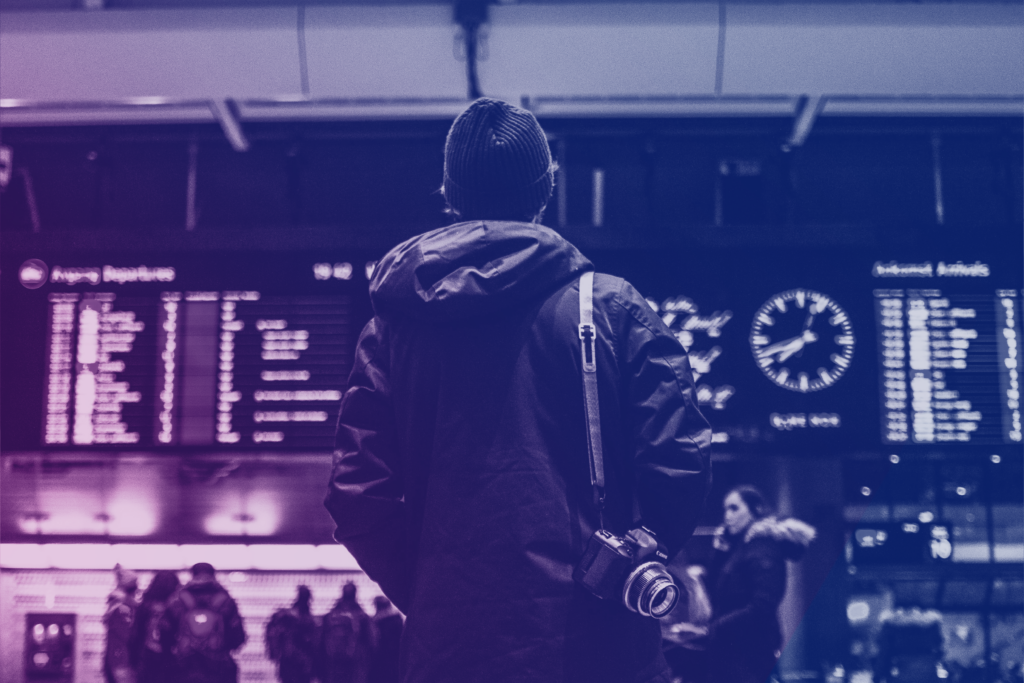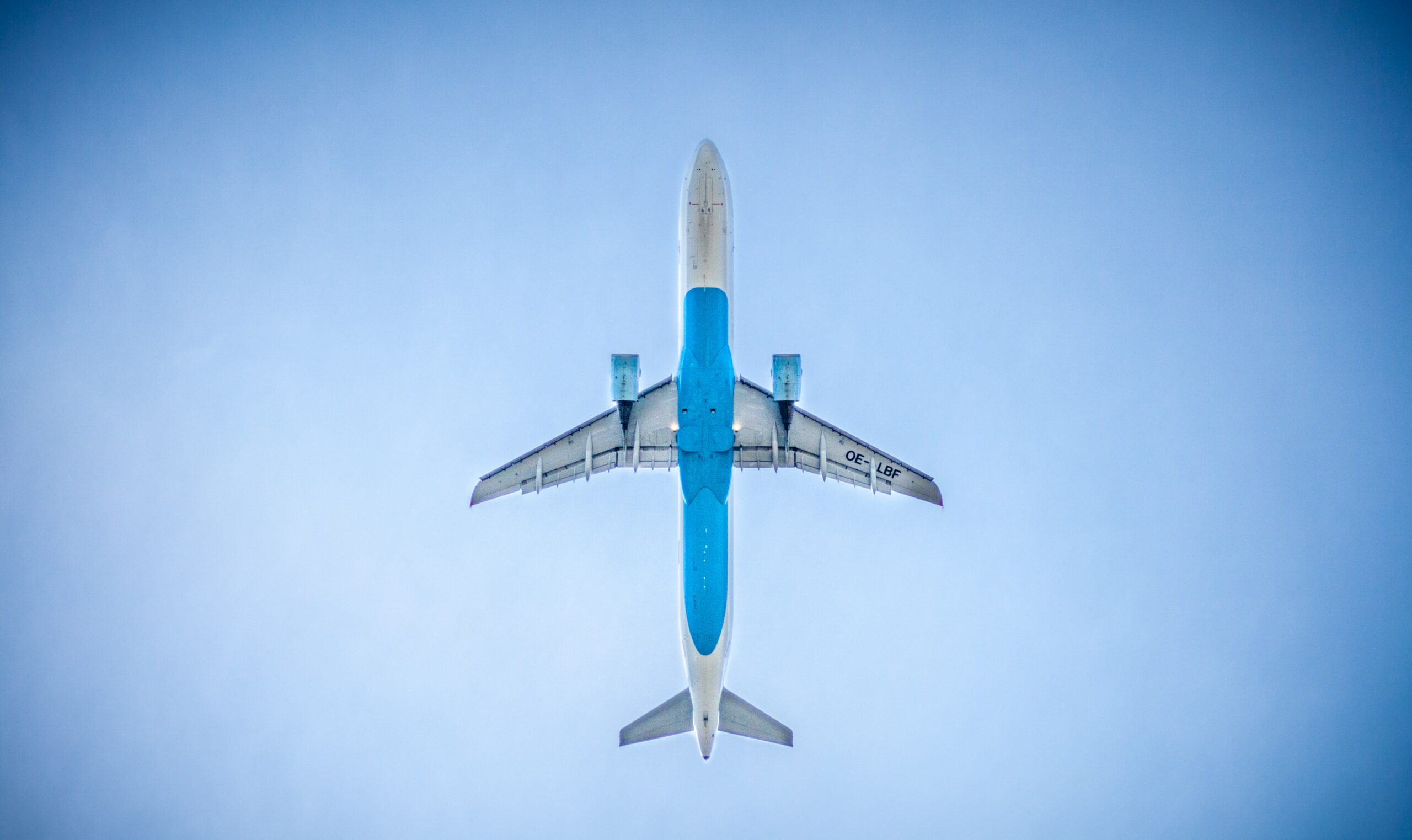
Airline Pricing Strategies for 2022
The airline industry is under constant pressure. The level of competition is at an all-time high. The dependence on costly fossil fuels is forcing some airlines to impose fuel surcharges. Many are working at overcapacity thanks to the steady but strong emergence of low-cost carriers. And many airlines are resorting to steep discounts for corporations in order to retain market share.
And then, as if things weren’t bad enough, along came COVID. Industry revenues in 2020 were just 40% of the previous year ($328 billion), taking things back to 2000. It is not expected that traffic will return to 2019 levels before 2024.
At Pricefx, we’ve spent the past decade helping companies across all industries become more agile with their pricing. This newfound agility helps them quickly adapt to the twists and turns of today’s highly unpredictable climate, and to optimize their business plans to ensure they’re capturing every dollar while still delighting customers with engaging offers. Having worked with market leaders in other industries, we want to share some leading practices that will help guide your planning for 2022.
Selling to Corporations or through Agencies?
Pricefx is Here to Help.
We know how erratic things have been for the airline industry in a post-COVID world. Things were already intense, but add in uncertainty and instability from the pandemic and every carrier feels a bit on the hot seat. In these chaotic times, Pricefx can help remove some of the unknown.
Pricefx is an open platform that provides timely transaction data which offers carriers more information to make a decision. Our AI-powered pricing solution can streamline your processes, eliminate copy-and-paste errors from using spreadsheets and provide more overall accuracy. When decisions need to come at a lightning-fast speed, Pricefx helps put control and flexibility back into your hands.
Overall, whether it’s a Corporate Account or a Travel Agency, simulate the commercials, optimize contract terms and manage compliance with the confidence Pricefx enables.
The Most Important Pricing Trends to Track in 2022

A change in passenger profile
Corporate passengers are less concerned with cost as they book when the need arises. Leisure passengers typically book further in advance. We’ve yet to see a change in this behaviour in a post-COVID world, but it bears watching.


Dot coms vs. agency transaction
There’s an inherent cost difference that exists depending on where a customer makes their transaction.






Forecasting demand
Previously, much emphasis was put on historical data, which has proven to show an incomplete picture. More complex data to predict more demand now exists for particular routes (i.e., tools that can read demand for special events like sporting matches).



A Smarter Airline Pricing Plan for Corporations
Discounts are not the only value lever you have at your disposal. To make your offer more attractive and competitive to corporations, incentivize with ancillaries—those extras that you normally charge for, but whose cost is nominal. Things like:









Loyalty points







Carbon offsets







Priority boarding







Lounge access







Free ticket change/cancellation







Extra baggage
These are the things your corporate frequent flyers actually appreciate. After all, their company or clients are paying for the flight, and your discount isn’t going to compel them to take your flight versus a competitor when their price is comparable. But what road warriors all really value when travelling is a more hassle-free, comfortable trip with some perks.
You can offer performance incentives to your big corporation, like “any flight over the $50 million commitment comes with additional ancillaries.” Doing this will not just make you more competitive; it will help increase your market share, bolster your revenue and boost profits.
Avoid a One-Size-Fits-All Commission Strategy
Online bookings represent one of the largest market shares in the sector. Of the 148 million online travel bookings in 2018, 82% occurred without any human interaction. And even physical travel agencies may see a resurgence thanks to convenience-seeking Millennials willing to pay more for more bespoke solutions.
Obviously, you need to be selling flights through agencies like Expedia, Skyscanner and local travel agencies and, clearly, you’re offering commission on those sales. How much commission you pay depends on the class sold; a basic economy ticket might only earn 4% commission, while a first-class ticket might earn 10%.



The problem for most airlines is that the Joe Bloggs Travel Agency and every small agency like them are employing the same commission strategy across all agencies and routes. Expedia (who sells 20% of your overall ticket volume) gets the same commission for their sale of a first-class ticket from Paris to Hong Kong as Joe Bloggs Travel Agency (who sells just under 0.1%) gets for his sale of a first-class seat from London to Glasgow.
But what if you had a different strategy for travel management companies than you have for online travel agents or for retailers?
If your commissions policy isn’t optimized based on the type of reseller, you’re throwing away a portion of your revenue with every deal while also overlooking an entire segment of your market.



Frequently Asked Questions
How can Pricefx improve an airline’s footing within the market?
Pricefx is an open platform that provides more timely transaction data, decision intelligence and more features at a lower cost of ownership.
Some of a carrier’s biggest gains can include maximized sales, increased profitability and strengthened long-term growth.
What does pricing software do?
Pricefx’s AI pricing solution is a game changer. It automates processes, eliminates manual work to provide price guidance, accelerates decision-making time and offers more consistency and accuracy in pricing across the organization.
What value levelers can be optimized with pricing software?
Pricefx is proud to offer access to next-generation AI, so a carrier can optimize items like amenities/ancillaries, carbon offsets, payment providers, loyalty rewards and much more.
What type of track record does Pricefx have?
Recent studies have shown that customers consistently choose Pricefx as a leader they can rely on to drive results. With investment partners that include Bain and Co. and offices and teams on four continents, Pricefx is a pioneer of cloud-native pricing software, trusted by Fortune 500 companies.